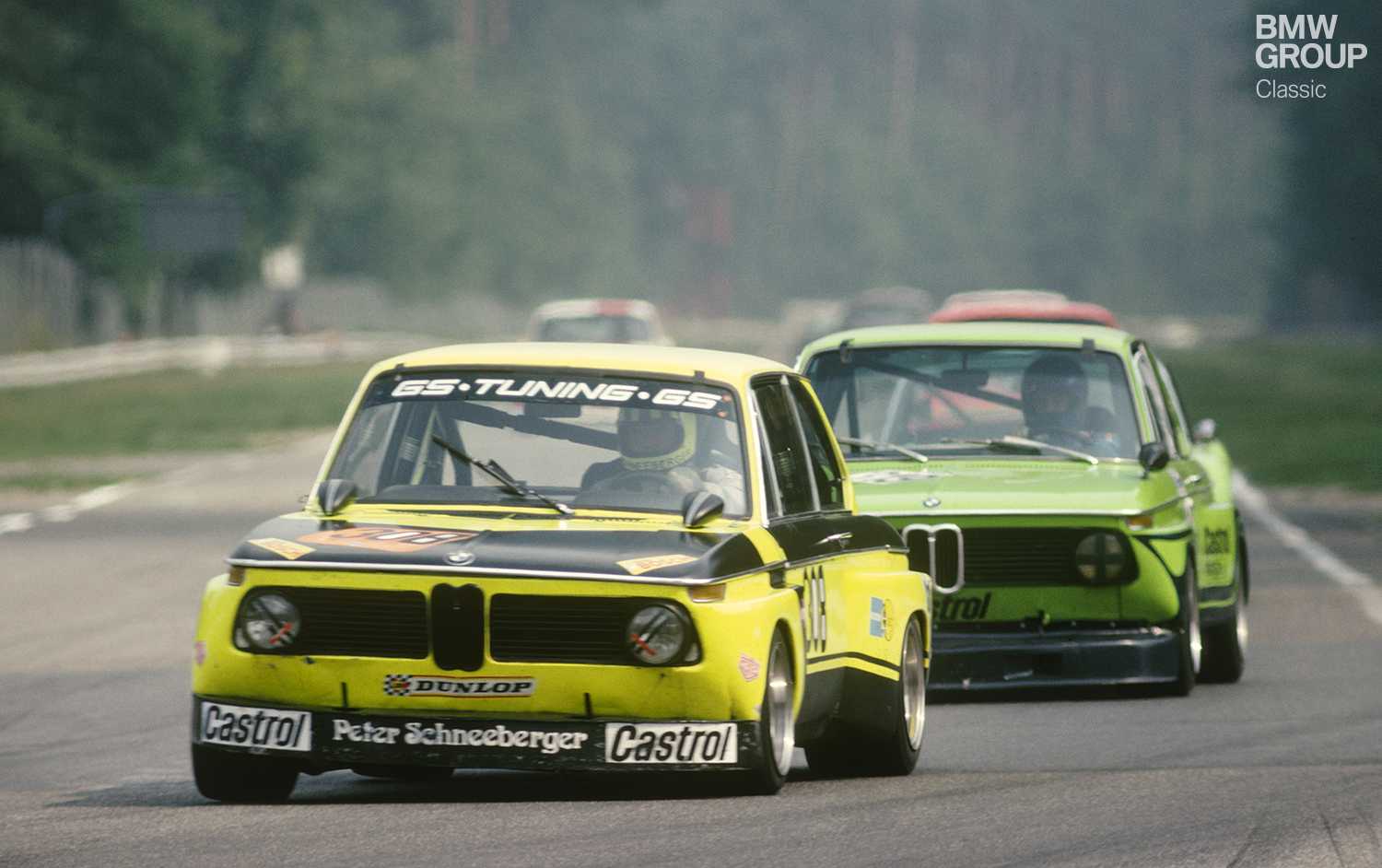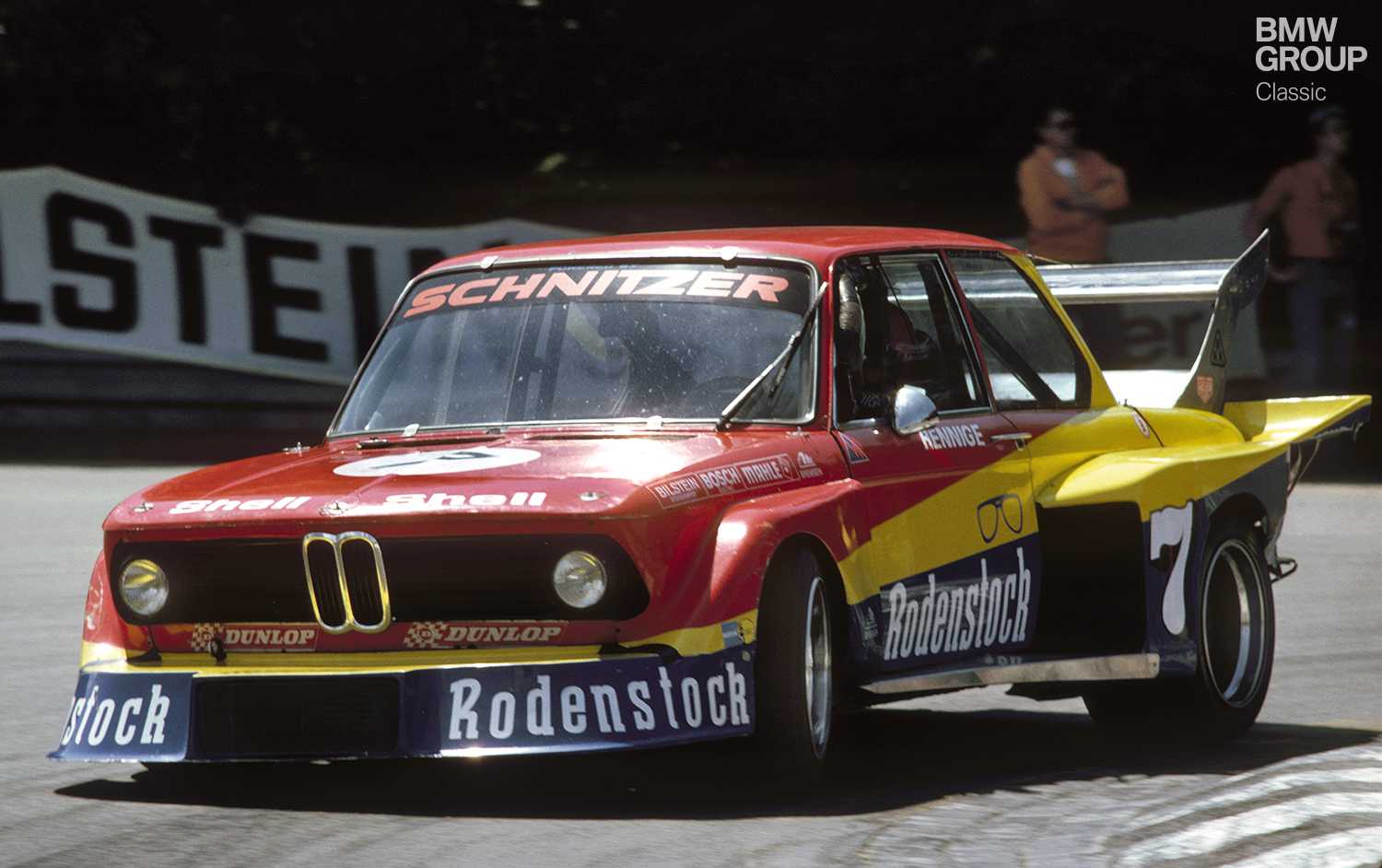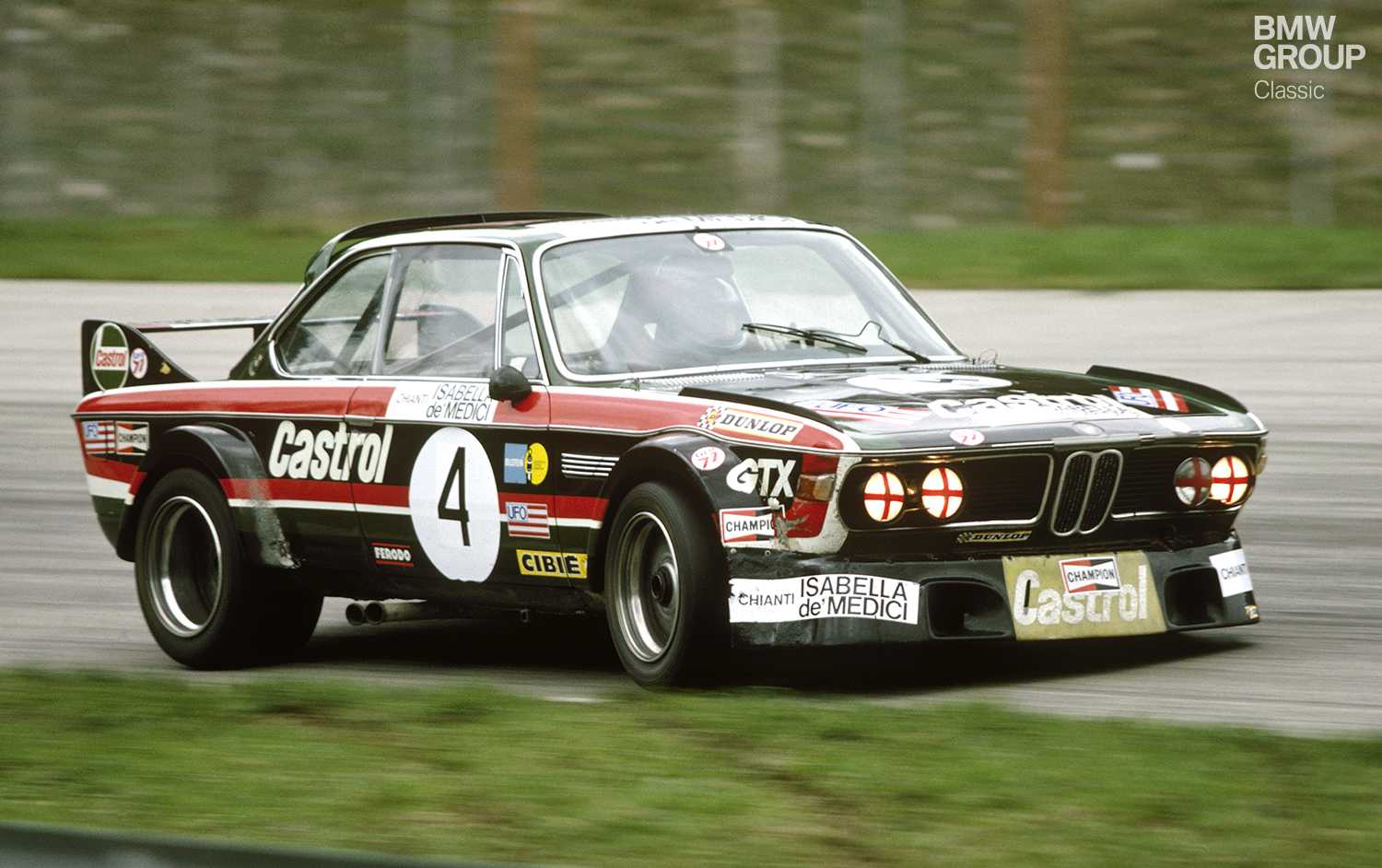In the 1970s spoilers became a fixture of car bodies large and small. They offered a promise of sharper dynamics and lower fuel consumption. But many of us loved them primarily for the way they looked – the more gratuitous the better. Time to put on those rose-tinted spectacles.
Did we really do that? By “that”, I mean happily get into cars best described from today’s perspective as “adolescent” in the way they looked. We’re talking spoilers, big spoilers. And you needed them to make it down the road in one piece. Yes, you really did! Deep down, we found great beauty in these plastic patchworks; they were sporty and modern, and we adored them.
Perhaps spoilers and all the other gaudy accessories of those years also represented a rejection of the slightly irritating smugness represented by chrome and those pointless decorative trim pieces we had gradually tired of.
From race track to road.
Visionary engineers were already starting to muse over the phenomenon of aerodynamic drag back in the 1920s. Inspired by aircraft construction, streamlined forms were created which minimised resistance to wind. In pursuit of those headline-grabbing speed records, engineers started fixing aerofoils onto car bodies, and spoilers – i.e. add-on elements designed to actively guide the airflow over the car – were there almost from the start.
However, it wasn’t until the 1950s that racing car designers revisited this expertise to any great extent. Privateer drivers were still more interested in shiny chrome and sparkly bits – they wanted a prestigious-looking car, a status symbol. That only changed when engine outputs skyrocketed in the 1960s. Sports sedans like the BMW 1800 TI and later the 2002 TI put the cat among the pigeons in the touring car scene and pushed themselves into even greater dimensions of performance. And sophisticated aerodynamics were increasingly making their presence felt.
New spoilers to the rescue.
While the legendary BMW 1800 TI continued to rack up the trophies with a completely standard body, a front spoiler did find its way onto the smaller 2002 TI in the latter part of the decade. The idea now was to stop the air rushing under it as far as possible, and instead divert it upwards and over. Deep front spoilers generate more weight over the front axle, and that means more grip and better steering characteristics.
It wasn’t long before rear spoilers joined the fray, creating an improved trailing edge for the airflow which could significantly increase the car’s top speed and added pressure on the rear axle. Roof and side spoilers further enhanced the effect. These ever more sophisticated add-ons turned elegant mile-munching GTs like the E9 BMW CS not designed in the slightest for motor sport into well-sorted racing cars and serial winners.
Coupes decked out in the fabled tri-colour striped livery celebrated the findings from wind tunnel tests conducted with a single objective in mind: to go faster. Drivers like “Strietzel” Stuck flew around the Nürburgring in cars with displacements of up to 3.5 litres and around 400 hp at their disposal, setting record times. And “flew” was the right word, the racing cars of the moment typically negotiating the Quiddelbacher Höhe with all four wheels off the ground at times.
Looking faster.
If spoilers hadn’t already earned social respectability, this was their breakthrough era. Customers increasingly sought the new sporty look provided by the gathering wave of plastic adornments. The 2002 turbo was well known for having a front spoiler instead of a bumper. And where nowadays the black rear spoiler splits opinion, back in the day it was unanimously viewed as progress. The spoiler certainly caught the eye. Sporting a soft, bendy consistency to satisfy safety stipulations, it quickly became a popular accessory that many drivers also had retrofitted to less powerful cars. And windsplits (thin edgings that run atop the front wings) soon became available as retrofit options for almost any car, regardless of manufacturer.
The accessories market took on a much more professional approach in the 1980s. Full aerodynamic kits usurped the random arrangements composed by enthusiastic amateur tuners – on which the TÜV vehicle inspection authorities in Germany kept a particularly keen eye. These complete kits covered the length and width of the car’s body, starting from the front spoiler, taking in the wheel arch and sill extensions and finishing with the rear spoiler. All the elements were painted in either body colour or a contrasting shade and fixed in place using small metal screws. It all looked very professional but often resulted in rust flourishing merrily underneath the extensions long before the driver knew anything about it.
By this time, newly developed car bodies had long since had their spoilers penned by skilled designers who incorporated them into the overall design of a new model. Spoilers became an integral part of the bodywork and therefore lost some of their stuck-on, aftermarket feel.
Survival of the fittest.
Lurid modifications from yesteryear may possess a certain integrity bestowed on them by history, but they still inspire more ridicule than admiration. The classic car scene remains somewhat divided on what to do with all this 70s and 80s plastic. And surviving examples are rare, as kerbs and parking dings, speed bumps and not least the considerable brittleness of plastic make it tricky to defend such tuning accoutrements from the ravages of time.
Series-produced parts are rather better off in this respect. For example, the spoilers for the legendary 2002 turbo, E30 3 Series and elegant E24 6 Series Coupe can all be ordered as new from BMW Group Classic.
All in all, when we find a car from this rather wild period in automotive history that has made it into the present day unscathed, it is a source of much celebration.



